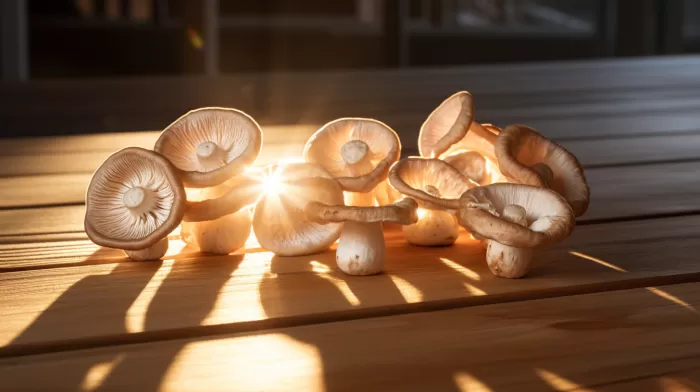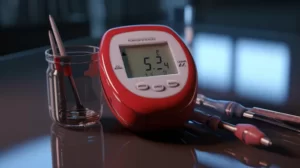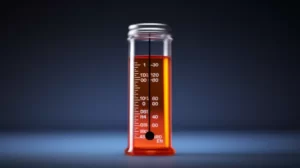Winter can be a challenging time for many people, with its cold, dark, and wet conditions making it less enjoyable to spend time outside. However, one of the most significant problems with winter is that it leads to a deficiency in vitamin D. This is because most areas of the United States see more clouds than sunlight during the winter months, and when combined with wearing more layers of clothing, there is less surface skin exposed to the ultraviolet B rays needed for our bodies to produce vitamin D naturally.
In some northern cities, such as Buffalo, New York, almost 50% of residents have insufficient amounts of vitamin D, and 25% are considered deficient. The negative consequences of a lack of vitamin D are numerous, including lower bone density, a weakened immune system, increased risk for type 2 diabetes, higher susceptibility to some cancers, increased risk of death from cardiovascular disease, and cognitive impairment in older adults.
As Peter Horvath, nutrition researcher at the University of Buffalo School of Public Health and Health Professions, points out: “Every cell in your body is responsive to vitamin D. If you’re deficient, you won’t see the health effects for years and it could take months to get your levels back up.” While you can’t control the weather, it is possible to maintain adequate levels of vitamin D through diet and supplementation.
Supplements and Foods Rich in Vitamin D
Horvath recommends taking a vitamin D supplement of between 1,000 to 2,000 international units (IU) daily and consuming foods high in vitamin D. Some good food sources include:
- Wild-raised salmon and oily fish
- Breakfast cereals
- Enriched milk
- Cod liver oil
Another great source of vitamin D is irradiated mushrooms, which are a focus of Horvath’s research. These mushrooms are “basically put through a little tanning bed” to produce a mega-dose of vitamin D. You can irradiate mushrooms yourself by using natural sunlight during the summer months. This produces dried mushrooms, which can be stored for use throughout the winter months when you need an extra boost of vitamin D.
How to Irradiate Mushrooms
- Obtain fresh organic shiitake, maitake, button, oyster, shimeji, or other mushrooms.
- On a sunny day in June, July, or August, slice the fresh mushrooms and place them evenly on a tray exposed directly to the sun from 10 a.m. to 4 p.m.
- Before nightfall, cover the mushrooms with a layer of cardboard to block moisture from dewfall.
- The next clear day, repeat exposure to the sun from 10 a.m. to 4 p.m.
- Remove the mushrooms and finish drying (using a food dehydrator if necessary) until they are crispy.
- When thoroughly dry, store in a glass jar or sealed container. Adding a tablespoon of uncooked rice as a moisture absorber will help keep the mushrooms dry. The mushrooms should be good for a year or more, depending on conditions.
- Take 10 grams daily per person (about a small handful). Rehydrate in water for one hour. The mushrooms will swell, and then you can cook them as desired.
By following these steps, you can produce up to 46,000 IUs of vitamin D from just 3.5 ounces (100 grams) of shiitake mushrooms. This will help you maintain healthy vitamin D levels during winter when sunlight is in short supply, enabling you to avoid the numerous health problems associated with a deficiency.



